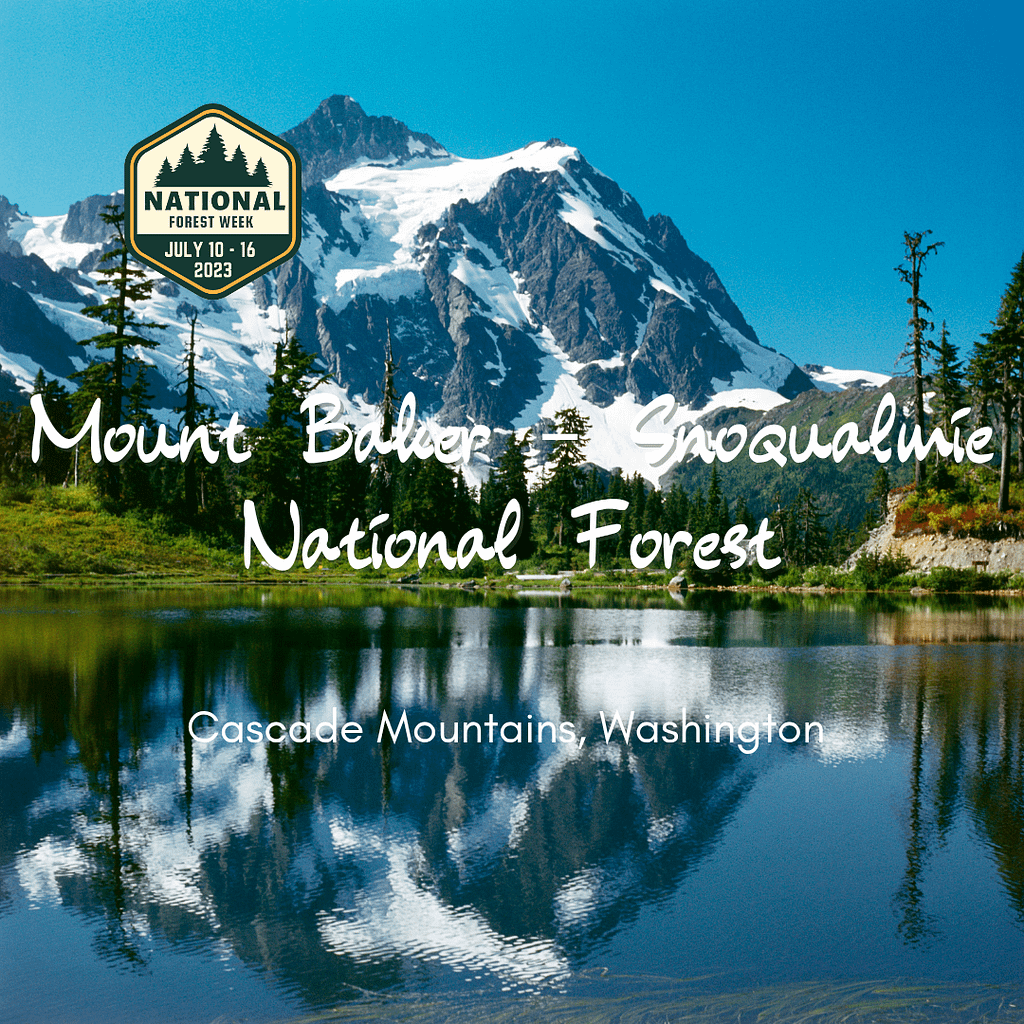
Mount Baker – Snoqualmie National Forest is located in the northernmost region in the state of Washington. The forest extends more than 140 miles north to south from the Canadian border to Mount Rainier National Park in central Washington. The national forest is situated along the western slopes of the Cascade Range.
Mount Baker-Snoqualmie National Forest History
Originally, the government created the Washington Forest Reserve in the Mount Baker area in 1887. The reserve divided into two regions in 1908 creating Washington National Forest in the northern Cascades with Snoqualmie National Forest in the south. In early 1924, the Washington National Forest was renamed the Mount Baker National Forest. Then, in 1973, Mount Baker National Forest merged with Snoqualmie National Forest. Throughout the years the size has changed due to Congress shifting boundaries and redistricting within the forest. Currently, the Mount Baker-Snoqualmie National Forest area size is 1.7 million acres.
Mount Baker’s elevation of 10,781 feet makes it the third tallest mountain in Washington. It is an active volcano with glaciers covering its peak. Glacier Peak is also within the national forest measuring at 10,541 feet at its highest elevation.
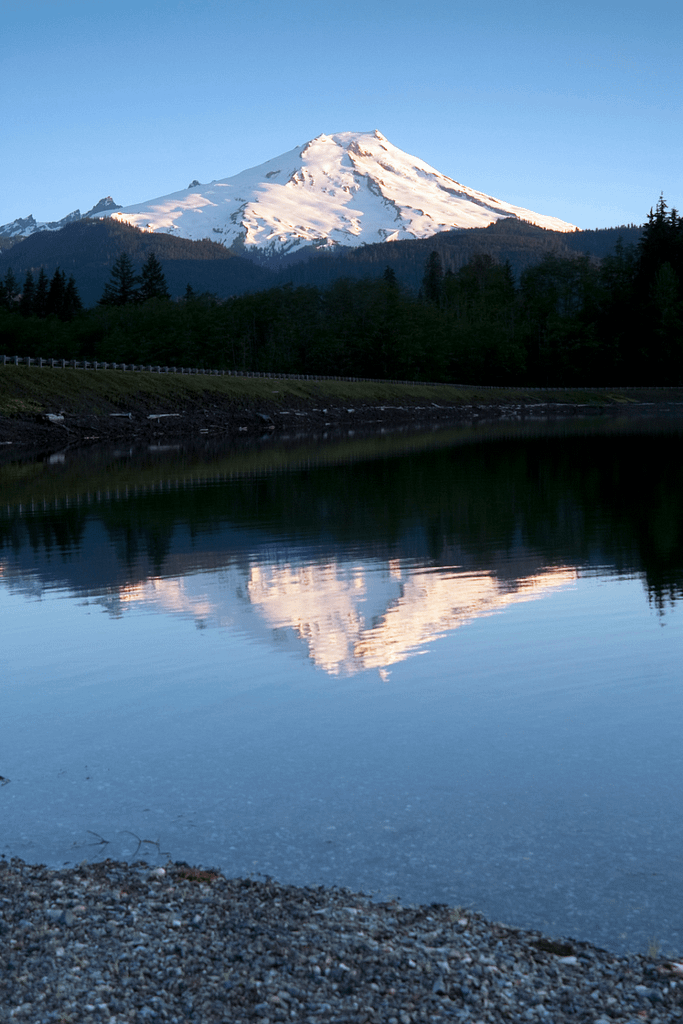
Mount Baker-Snoqualmie National Forest Glaciers
The Mount Baker-Snoqualmie National Forest is unique in makeup because it’s home to more glaciers and snowfields than any other national forests within the contiguous United States. There are eleven named glaciers on Mount Baker second only to Mount Rainier in number and size. Surrounding Mount Baker’s peak, the glaciers have been rapidly reducing in size within the last 40 years. Coleman Glacier is the largest situated on the northwest side of the peak.
- Mount Baker
- Roosevelt
- Mazama
- Park
- Boulder
- Easton
- Deming
- Coleman
- Sentinel Peak
- South Cascade Glacier
- Glacier Peak
- Suiattle
- Honeycomb
- White Chuck
Mount Baker-Snoqualmie National Forest Wilderness Areas
The forest is one of the most visited national forests in the United States. In fact, 62% of Washington residents are within an hour drive from the national forest. Despite attracting nature lovers, the forest has parts that are rugged and remote. The hiking app AllTrails has 374 trails listed for recreational use, which includes hiking, biking, camping and more.
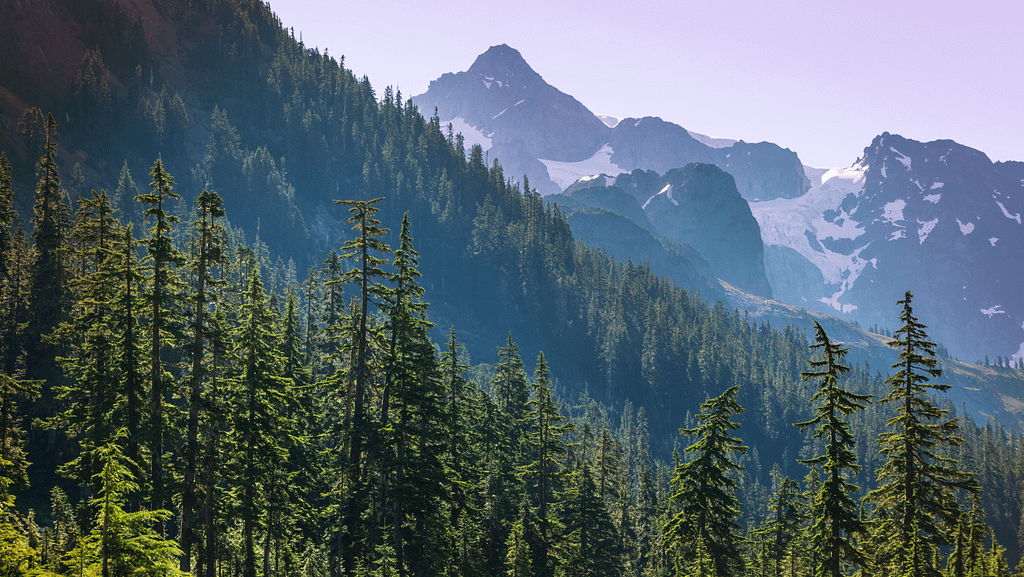
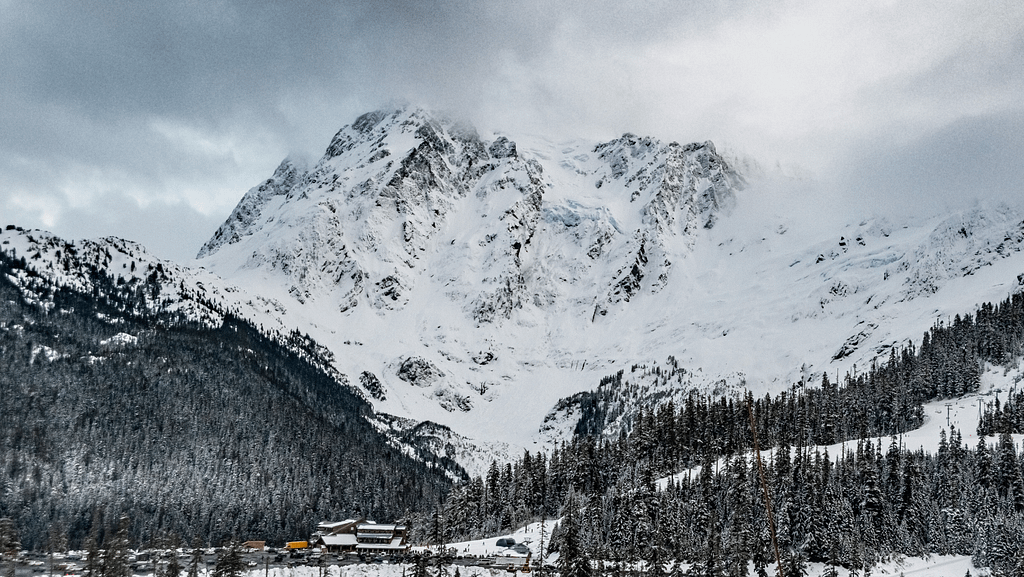
The forest has over 800,000 acres set aside for wilderness areas within its boundaries. Eight wilderness areas cover nearly half of the national forest. The Forest Service conducted a study in 1993 estimating 643,500 acres of old growth trees remains within the forest.
- Alpine Lakes Wilderness (mostly in Wenatchee NF)
- Boulder River Wilderness
- Clearwater Wilderness
- Glacier Peak Wilderness (mostly in Wenatchee NF)
- Henry M. Jackson Wilderness (partly in Wenatchee NF)
- Mount Baker Wilderness
- Noisy-Diobsud Wilderness
- Norse Peak Wilderness
- Pasayten Wilderness (mostly in Okanogan NF)
- Wild Sky Wilderness
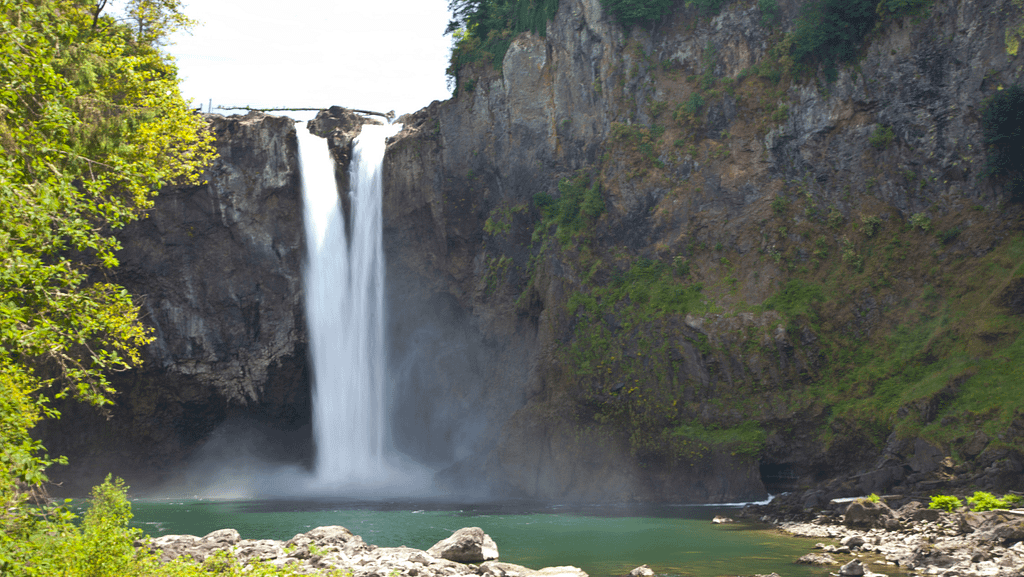
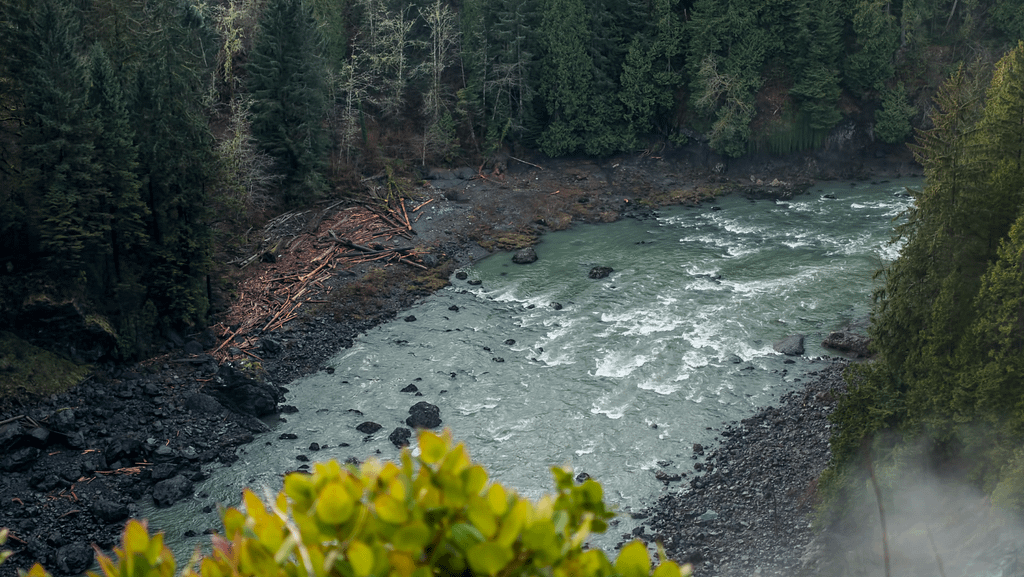
National Forest Wildlife Habitats
The national forest is home to diverse wildlife habitats, ranging from lush lowland forests to alpine meadows and rugged mountain peaks. Towering evergreens provide shelter for black bears, elk, and cougars, while old-growth forests support spotted owls and marbled murrelets. The area’s rivers and streams are crucial for salmon and steelhead, sustaining both aquatic ecosystems and the wildlife that depend on them. Alpine meadows bloom with wildflowers, attracting pollinators and mountain goats. These varied habitats make the forest a vital refuge for many species, emphasizing the importance of conservation efforts to protect its rich biodiversity.
Trees of the National Forest
Towering Douglas firs, western hemlocks, and Sitka spruces dominate the Mount Baker-Snoqualmie National Forest, thriving in its cool, damp climate. Western red cedars spread their fragrant, rot-resistant wood through the lower elevations, while noble and silver firs climb higher into the mountains. Mountain hemlocks and Alaska yellow cedars endure harsh, snowy conditions in the subalpine zones. Along riverbanks, bigleaf maples and red alders brighten the landscape with their broad leaves. These trees form a dense, green canopy that shelters diverse wildlife and rich undergrowth. They stabilize the soil, filter the air, and provide essential habitat, making the forest a thriving and resilient ecosystem in the heart of the Pacific Northwest.
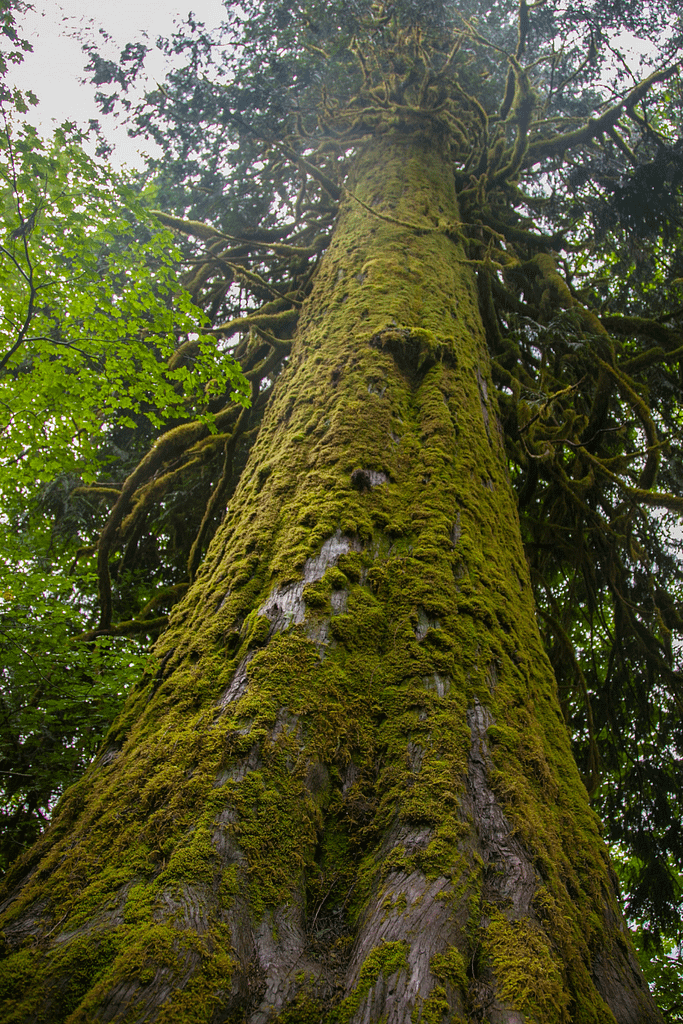
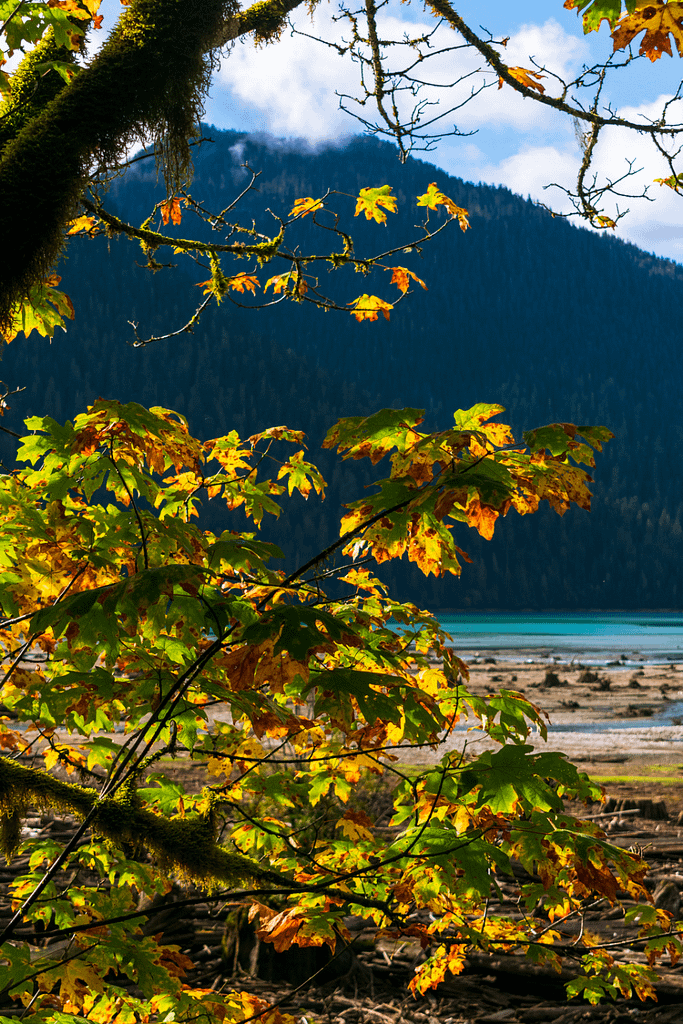
For more on the National Forest, click on the links below to read more information about activities around the area
This post has been updated to include the latest data from June 2023, ensuring readers receive the most accurate and up-to-date information. Additionally, we’ve refined the language for enhanced clarity and readability.

